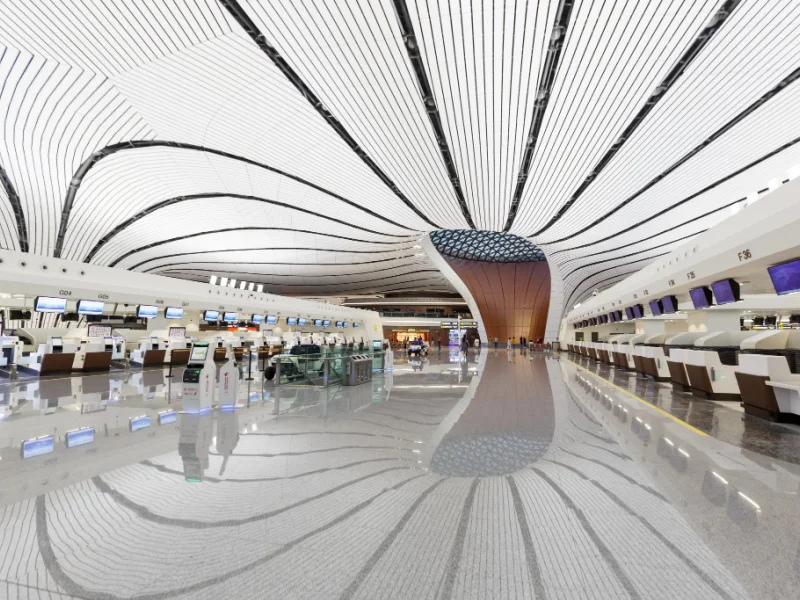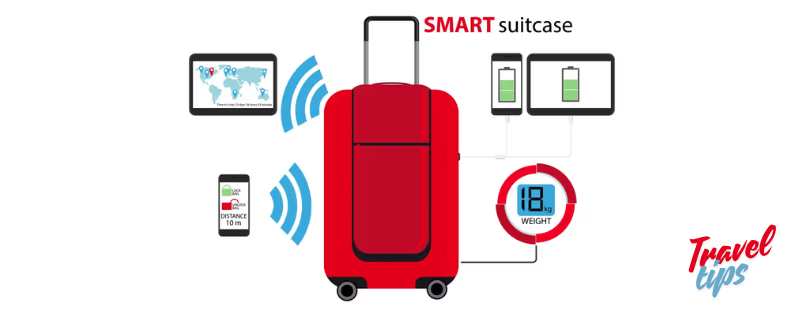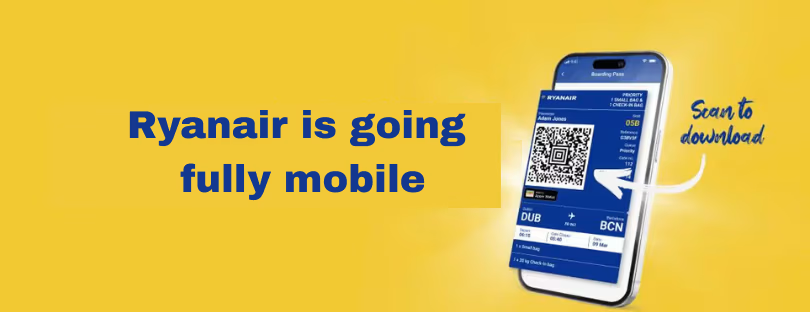
Travellers want inflight connectivity and are willing to pay for it
Frequent flyers have a substantial interest in staying connected while on a flight and are prepared to pay more for it, according to new research that was commissioned by BBC Global News and conducted by independent research consultancy MTM. how much is inflight wifi
The research titled ‘Slipstream’ reveals that almost two thirds (63%) of regular travelers consider access to Wi-Fi important when booking a flight and 69% say it would significantly improve their inflight connectivity, with the main reasons being the desire to communicate, to be entertained and to keep up to date with what’s happening around the world.
Inflight experience
The survey highlights a number of commercial benefits for connected airlines including increased consideration in the mind of the customer because of a better inflight experience and an improved reputation, particularly in terms of being seen as innovative, modern and exciting.
In addition, 62% of respondents said that they would be more likely to choose an airline if live TV was available – a figure which rose to 78% for business class travelers and 89% for first-class passengers. Significantly, travelers consistently reported a willingness to pay more for it, with over half of those surveyed happy to pay 5% on top of their standard fare, and a third prepared to pay an additional 20%.
The specific TV and news brands an airline opted for also had a discernible impact on consumer perception, with almost half of respondents more likely to travel with an airline offering BBC World News, rising to two-thirds of first-class travelers.
Zina Neophytou, Vice President of Out of Home at BBC Global News, said, ‘As bandwidth to aircraft increases, there are growing opportunities for airlines to offer passengers an enhanced inflight experience. Our research demonstrates a resounding consumer demand for connectivity and access to live news programming while in the air. As airlines’ capacity grows, we look forward to our continued delivery of BBC World News’s unique blend of innovative, impartial journalism.
The growth of the global in-flight Wi-Fi market is mainly driven by advancements in connectivity technologies. Also, increasing deployment and adoption of connectivity hardware and services by airlines across the globe is fueling the growth of the in-flight Wi-Fi market. However, data privacy & security issues and lack of awareness regarding in-flight Wi-Fi service particularly in developing regions are restraining the growth of the market to some extent.
How much is inflight WiFi on major airlines:
Delta Air Lines
Delta is one of the largest providers of in-flight Wi-Fi in the world, and with more than 1,100 enabled aircraft, Wi-Fi access is offered on nearly all of its flights. Delta uses the Gogo internet provider, and offers a variety of passes to cater to traveler’s needs, including a North American Day pass for $16, a Global Day pass for $28, a monthly North American pass for $49.95, and an annual North American pass for $599.99.
American Airlines
According to American’s website, Wi-Fi is available on almost all routes for as little as $10 or, for frequent fliers, a monthly pass can be purchased for $49.95 per month. Travelers can check if their flight has Wi-Fi on American’s website.
American uses Gogo, Viasat, and Panasonic Wi-Fi, depending on the flight’s destination.
Alaska Airlines
Most Alaska Airline flights have either in-flight internet or satellite Wi-Fi courtesy of Gogo, except for the Q400 planes, which do not have internet service. Alaska offers 1-hour passes for $7, all-day passes for $19, and monthly subscription plans for $49.95.
The airline is also in the process of upgrading to Gogo 2Ku satellite Wi-Fi service, which will let travelers stream, browse, and chat from gate departure to gate arrival.
Air Canada
Air Canada offers in-flight Wi-Fi for select North American, Caribbean and now international flights, so travelers can email, browse the web, and access social networks while up in the air. Travelers can check whether or not their flight will have Wi-Fi on the Air Canada website.
Air Canada uses Gogo Wi-Fi and offers 1-hour passes for $6.50 CAD, 1-way passes for $21 CAD, and a monthly access plan for $65.95 CAD.
Lufthansa
Deutsche Telekom offers you three individual tariffs for accessing the Internet on board. Payment is by any major credit card. You can also pay via PayPal.
FlyNet® Chat – Stay in touch with friends and family via WhatsApp, Facebook Messenger or iMessage – €7
FlyNet® Mail and Surf – Particularly suitable for browser-based email traffic, for the sending of messages during the entire flight and for moderate Internet surfing – €17
FlyNet® Mail and Surf Plus – Ideal for VPN email services, faster Internet surfing, sending messages and sharing pictures via social networks – €29
Qatar Airways
The cost of Qatar Airways inflight WiFi depends on the route and whether or not it has Super WiFi: Standard WiFi: pricing is usually around US$10 for 100 MB over 3 hours or US$20 for 200MB over the flight.
Super WiFi: usually US$10 to US$20 for unlimited WiFi over the whole flight.
Etihad
If you’re travelling in First or are an Etihad Guest Platinum member, you’ll receive complimentary Wi-Fi access onboard. Or you can pay to use our onboard network with your choice of Wi-Fi package. If you have any data leftover, you can use it on your return or connecting flight within 14 days.
Wi-Fi packages:
Lite 50 mb – $5.95
Flex 150 mb – $15.95
Premium 300 mb – $29.95
Emirates
Unlimited chat. Connect to all your favourite text apps for the whole flight
-
USD 2.99 – USD 5.99 depending on the length of the flight.
-
Chat using WhatsApp, iMessage, Facebook Messenger, WeChat, Line or Viber with our text-only service.
Wi-Fi internet for the whole flight
-
USD 9.99- USD 19.99 depending on the length of the flight.
50MB – available in selected regions
-
USD 9.99 for up to 50MB for light internet use.
Southwest Airlines
Southwest charges travelers $8 per device for Wi-Fi, and offers it for free for their A-List Preferred members.
However, even if travelers don’t want to pay for internet, they can download the Southwest Airlines app and they’ll have access to hours of in-flight entertainment completely free, including movies, music, and even live TV (when available).
United Airlines
Depending on the aircraft type, United Airlines uses four different Wi-Fi providers that all provide different coverage—Gogo, Panasonic, Thales, and ViaSat. Costs range from $7 to $14 for a one-hour pass and between $19 and $29 for a full-day pass, depending on which service is offered.
United offers a subscription for its North America and Central America flights starting at $49 per month or $539 annually. United also offers a global subscription for $69 per month or $689 annually.
Hawaiian Airlines
Hawaiian Airlines doesn’t offer in-flight Wi-Fi yet, but it does allow guests seated in the Main Cabin and Extra Comfort section of its A321neo aircraft to stream inflight entertainment directly to their mobile devices.
Travelers have to download the Hawaiian Airlines App prior to boarding to have this option.
JetBlue Airlines
While several other airline companies have taken steps to make their in-flight internet cheaper or more accessible, JetBlue is currently the only airline to offer free Wi-Fi services on all domestic flights.









